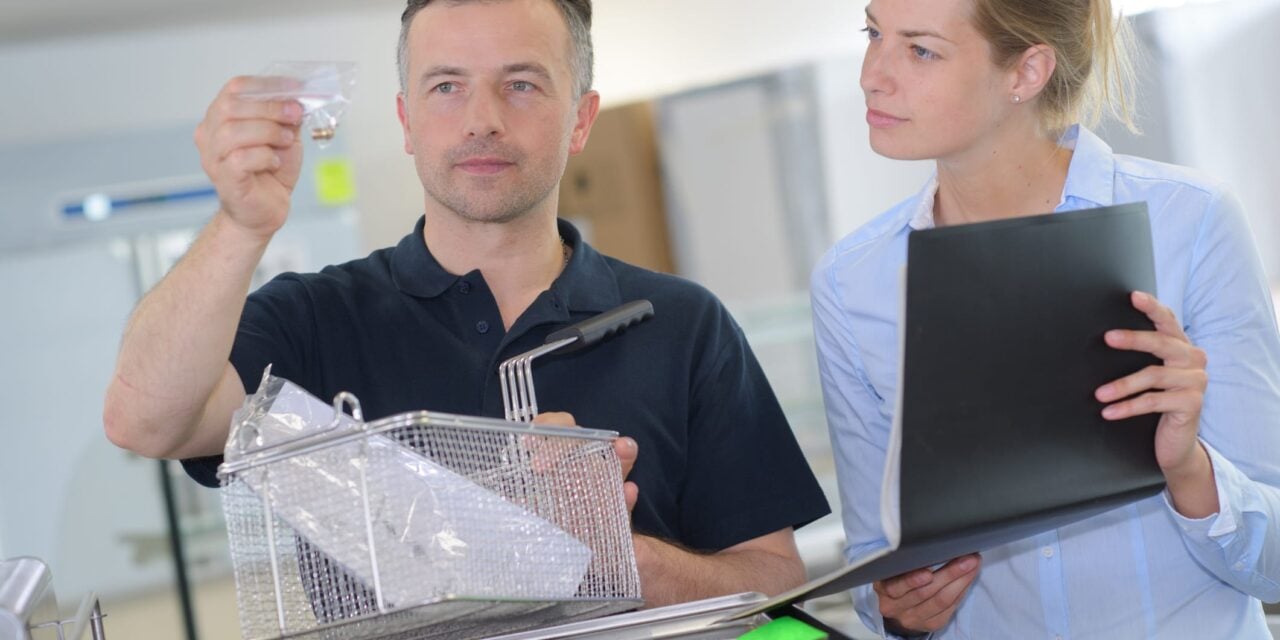Summary
In an era marked by staffing shortages and the ever-increasing demand for laboratory tests, clinical labs must perfect specimen collection to minimize preanalytical errors. This article delves into strategies for improving accuracy in labeling, transport, staff training, and workflow optimization. Discover how labs are updating protocols and utilizing technology to enhance quality amidst challenging conditions.
Key Takeaways
- Effective labeling and transport protocols are essential to minimize preanalytical errors.
- Consistent, comprehensive staff training ensures high-quality specimen collection.
- Optimized workflow and technology utilization support lab efficiency and accuracy.
- Regulatory adherence and updated protocols help maintain high standards under pressure.
- Real-world examples highlight successful adaptation in clinical laboratories.
The increasing demand for laboratory tests presents a unique challenge for clinical labs already battling staffing shortages. As test volumes rise, the requirement for accurate and efficient specimen collection processes becomes more critical than ever. Ensuring that samples are labeled accurately from the start is paramount. Mislabeling costs laboratories both time and resources while potentially impacting patient safety. Opting for automated labeling systems, which utilize technologies like barcodes and RFID, may mitigate these risks significantly. Such systems not only improve accuracy but also enable seamless integration with laboratory information systems, ensuring data integrity.
Transporting specimens promptly and maintaining their integrity is equally crucial. Utilizing smart transport systems equipped with temperature sensors and GPS tracking ensures specimens remain within required temperature ranges, thus preserving sample quality during transit. Labs that have implemented these systems report a noticeable decrease in specimen rejection rates, resulting in faster turnaround times and greater patient satisfaction.
Enhancing Training and Workflow
Effective staff training is a cornerstone for minimizing preanalytical errors. Ongoing education programs that incorporate technology, such as virtual simulations and e-learning platforms, ensure that staff remain updated on best practices. These platforms provide flexible, accessible learning opportunities that cater to varying staff schedules, a crucial consideration amid staffing shortages.
Workflow optimization also demands attention. Streamlined processes that eliminate unnecessary steps and implement logical sample pathways enhance lab efficiency. Incorporating lean management techniques can lead to improvements in both speed and accuracy. By analyzing workflow bottlenecks and reallocating resources, some labs have successfully reduced unnecessary delays, ensuring samples are processed expediently without compromising quality.
Leveraging Technology and Adapting Protocols
Beyond labeling and workflow optimizations, technology plays a pivotal role in managing complex lab operations. Automated sample sorting and tracking systems reduce human handling, minimizing opportunities for error. Integration of machine learning algorithms aids in predicting potential bottlenecks or errors before they occur, allowing proactive adjustments in processes.
Additionally, robust communication protocols within labs ensure any updates in specimen handling or analysis are uniformly followed. Regular protocol reviews that incorporate recent regulatory updates are vital. Labs staying abreast of industry standards, such as those set by CAP and CLIA, provide assurance that regulatory compliance is consistently maintained.
In challenging times, adaptability remains crucial. Labs that efficiently blend technological advancements with protocol optimization can maintain high standards of clinical diagnostics. As the lab environment continues to evolve, embracing these strategies is key to ensuring accurate and timely specimen collection, despite inherent challenges.
Conclusion
In conclusion, as clinical labs navigate the twin challenges of staffing shortages and increased test volumes, refining specimen collection processes is essential. By focusing on improved labeling, transport, and staff training, while embracing technology and adapting protocols, labs can enhance accuracy and maintain quality. This approach not only addresses pressing logistical issues but also ensures patient safety and satisfaction in a demanding healthcare landscape.
ID 101667198 © Auremar | Dreamstime.com





